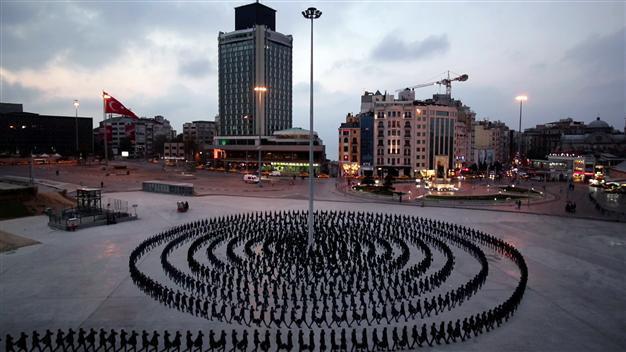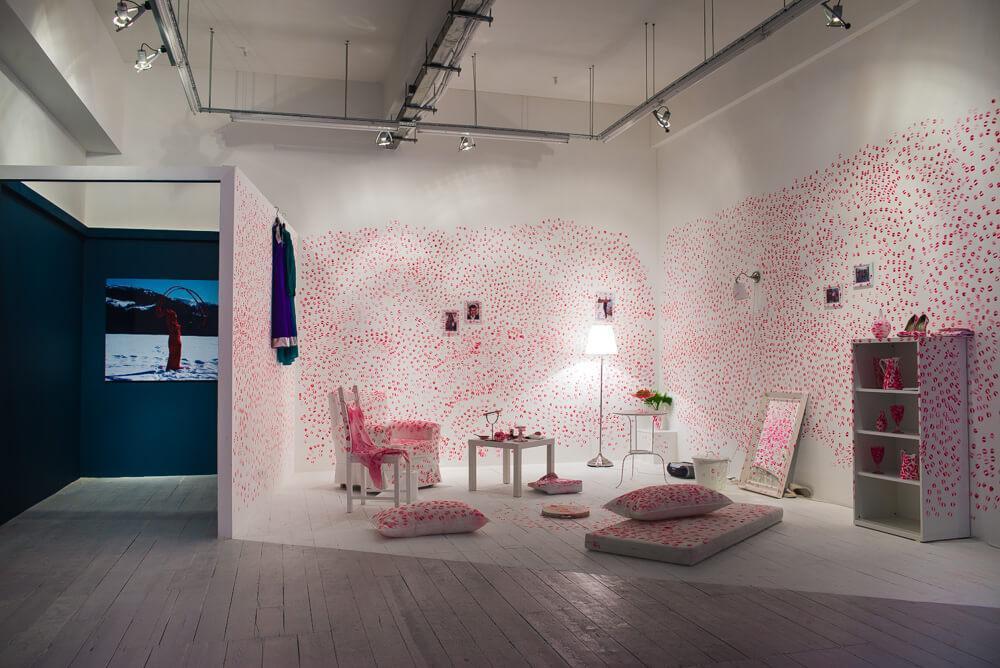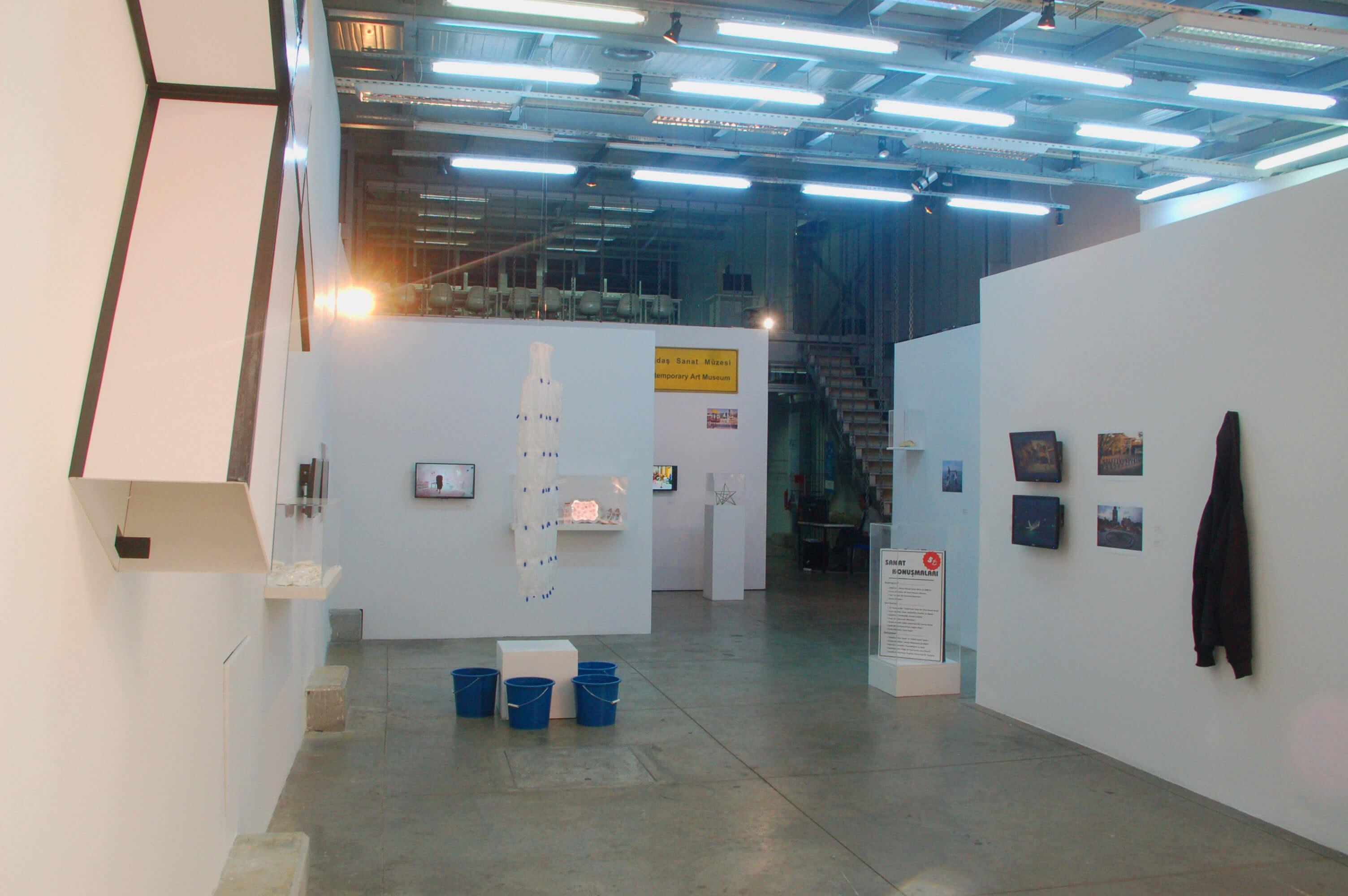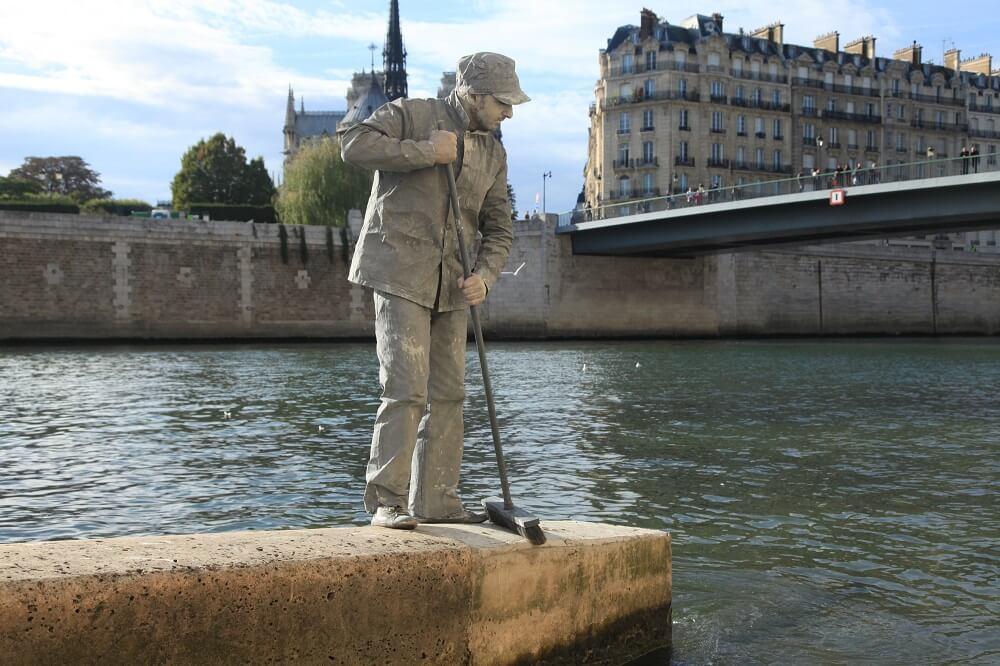Questioning performance art and its evolvement in Turkey
Hatice Utkan Özden - ISTANBUL
 A cursory glance of Turkey’s art history reveals little attention to performance art as a discipline. The question “why” has opened a new page for Turkey’s contemporary artistic era.
A cursory glance of Turkey’s art history reveals little attention to performance art as a discipline. The question “why” has opened a new page for Turkey’s contemporary artistic era.According to Dr. Marcus Graf, who has curated shows all around the world, performance art is currently the least developed discipline of contemporary art in Turkey. As such, he is trying to open a new angle and a new dimension with a new exhibition he has been curating on performance art. The exhibition at Plato Sanat, “Performing Memory,” reviews the state of performance art in Turkey by bringing together eight artists, some of whom are important representatives of live-performance while others use performative acts of themselves or other people in their video works.
“The show also [seeks] to support the discussion of performance art in order to propel its development,” Graf said.
Besides presenting great artists, the show also discusses the recording, presentation and archiving of performance art.
“That is why next to traditional ways of its documentation via video, and photography, relicts and objects that were used during a performance are exhibited,” he said.
In this context, performing memory critically reflects upon the possibility of causing an immediate experience and authenticity of the artistic moment in an exhibition, where everything is represented and symbolic.
“There is no real life in the white cube. That is why consequently the show at Plato Sanat neglects any live performance, and solely focuses on its storage for discussing the mediation of artistic authenticity in the context of its representation in an exhibition,” he said.
Graf added that the problems that Turkey has encountered in the development of performance art are mainly sociological, educational and economic.
“First, as Turkish society in general is still rather conservative regarding issues of the body, nudity, sex, gender or feminism, the environment for performance artists, which always use their bodies radically as form, content and media, is not as positive and productive as in developed Western countries,” said Graf, adding that secondly, “there is just a very young tradition of artists doing performances.”
In contrast, elsewhere in the world, performances and performative acts have been common in the art world since the 1960s, particularly in the West.
In Turkey, since the end of the 1990s, a few artists like Şükran Moral or Nezaket Ekici have begun to concentrate their art practices on performative acts.
In addition, the art market does not support the collection of documentations or relicts of performance art, as it is still mainly based on painting and sculpture. Even photography and video art still play a minor role in the art market, Graf said.


Current evolvement of performance art
The performance art progresses, according to Graf. “More and more young artists have become interested in this field since the millennium. They got inspired by their Turkish forerunners, but especially follow the developments in the international art world, in which performance art is an important.”
Noting that the number of artists that deal with performances has increased strongly in the last 10 years, Graf said performance art was being taught in some seminars at art faculties and art institutions.
According to the curator, the Turkish art scene is still dominated by traditional art disciplines and a strong academism. Young artists are increasingly attempting to break away from the mould, but the undertaking is difficult and takes time. In the same way, the Turkish art market is conservative, as collectors focus mostly on traditional fields and disciplines.
Graf also noted that the art market for performance artists is difficult everywhere, as they do not produce art works in the traditional meaning, as they work mostly process-orientated, as well as time- and space-orientated. “At the end of a performance, mostly a document, a photo or only a video documentation might remain. These often have not an aesthetic but a conceptual value, which makes it difficult to communicate to the collector,” he said.

How to archive performance art
It is possible to create an archive, but it is nearly impossible to truthfully reconstruct, revive or even mediate a previously conducted performance in an exhibition, said Graf. An archive of and for performance art should have photos, video documentations, written texts by the artists, drafts, and sketches, as well as relics and objects from the performance. As such, a multimedia and multilayered archive should be constructed, in which the visitor experiences various facets and dimensions of the performance in order to acquire as close as possible a sense of the real act. Video performances are simple to archive, as the work is from the beginning designed to be recorded by a camera.
“Performing Memory” includes the artists Burak Delier, Nezaket Ekici, Didem Erk, Genco Gülan, Erdal İnci, Hacer Kıroğlu, Burçak Konukman and Ferhat Özgür, and will continue until Sept. 20.
















